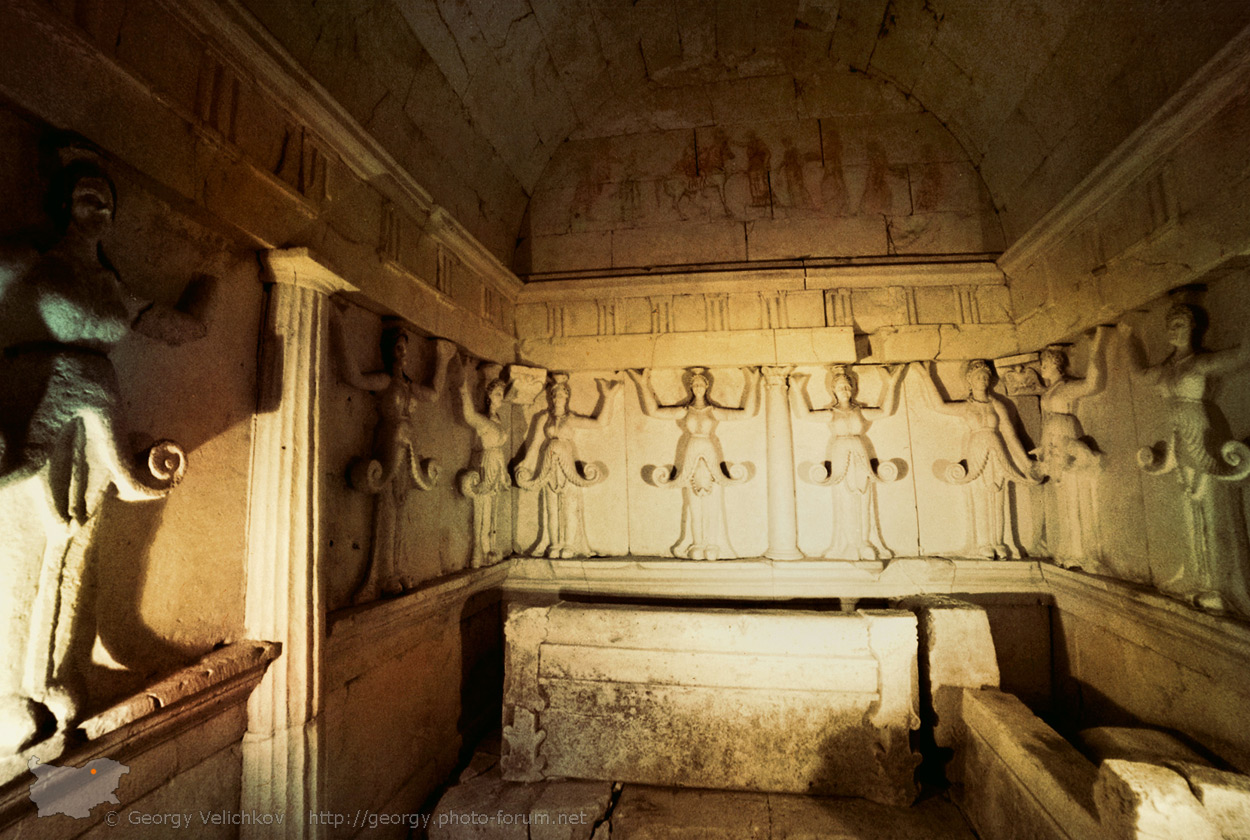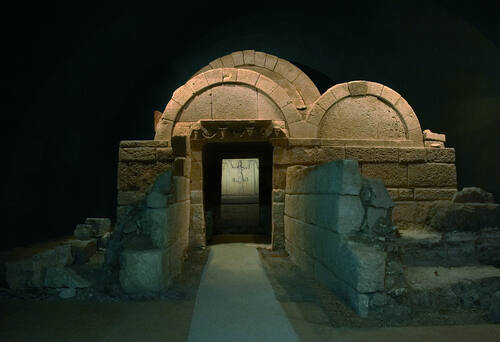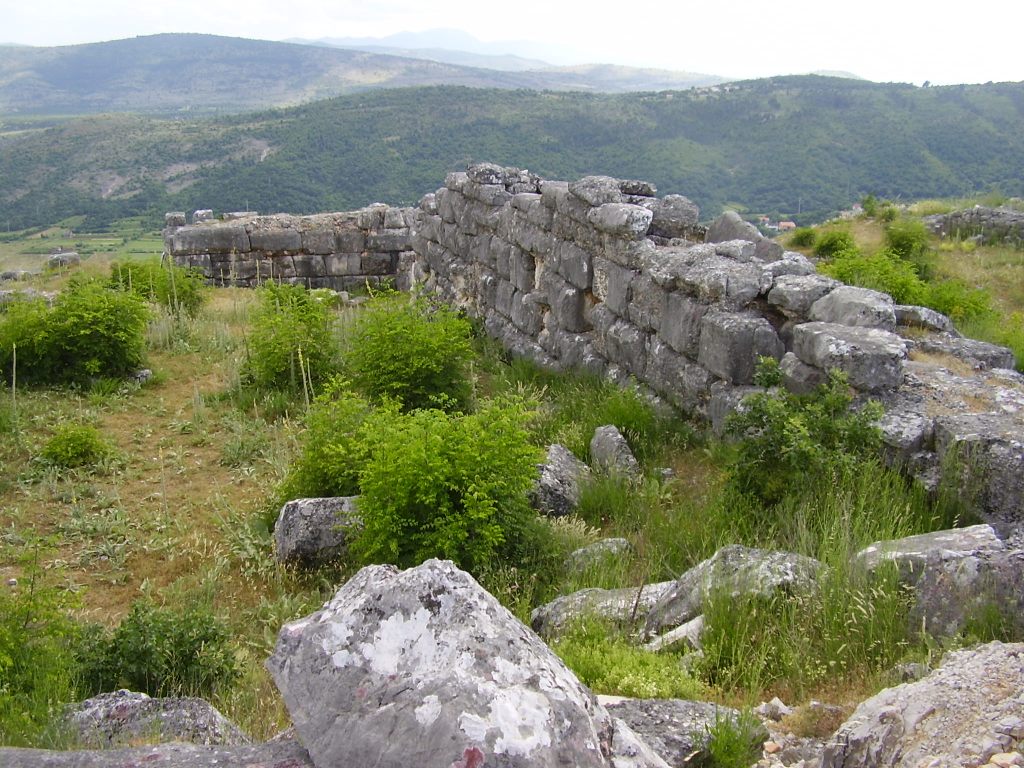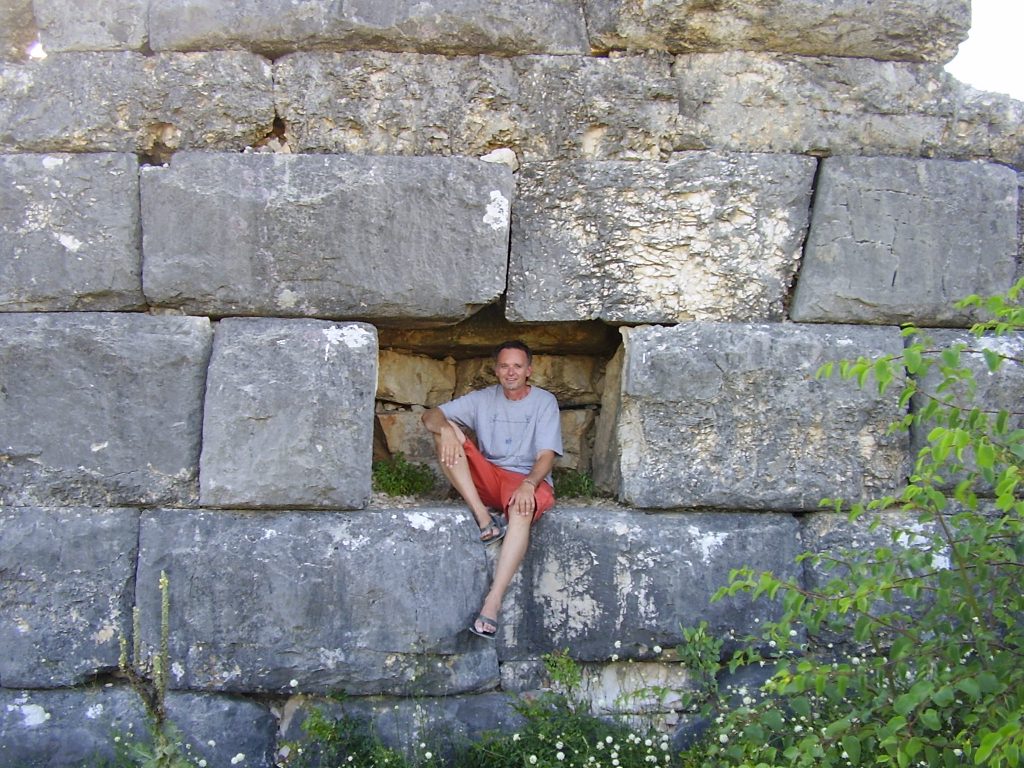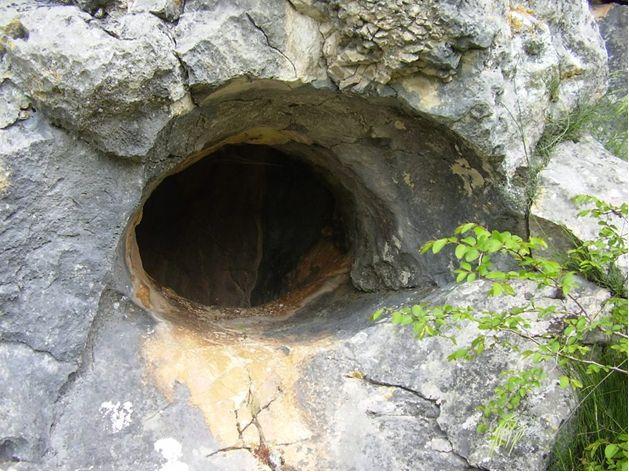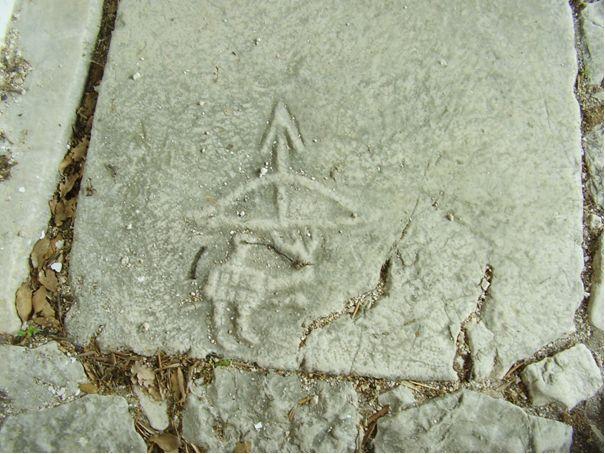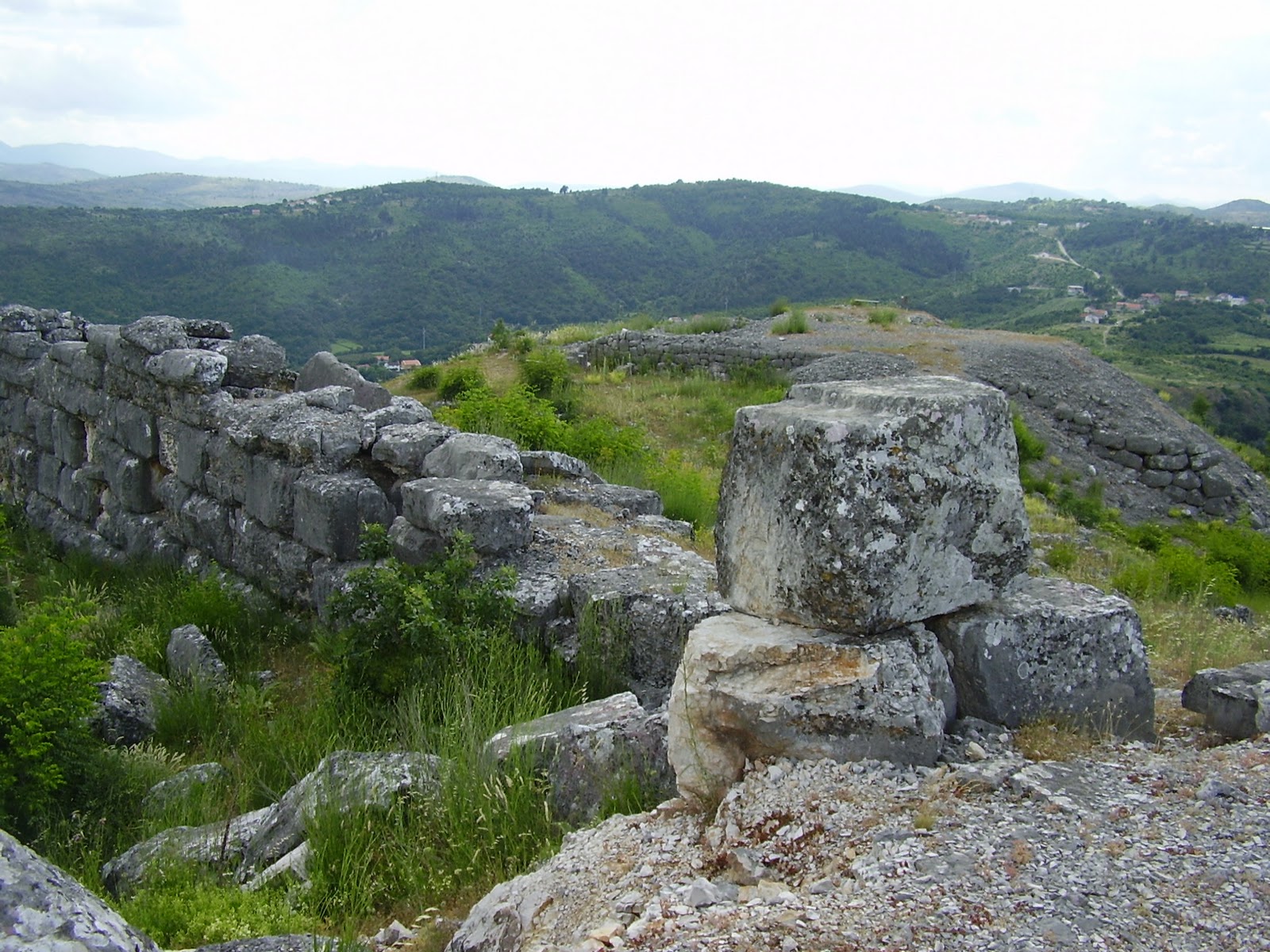Will begin with the ancient Thracian city of Perperikon (also Perpericon; Bulgarian: Перперикон, Greek: Περπερικον) is located in the Eastern Rhodopes, 15 km northeast of the present-day town of Kardzhali, Bulgaria, on a 470 m high rocky hill, which is thought to have been a sacred place. The village of Gorna Krepost ("Upper Fortress") is located at the foot of the hill and the gold-bearing Perpereshka River flows near it. Bulgarian archaeologist Nikolay Ovcharov started the excavation works at Perperikon in 2000, and revealed the remains of ancient architectural complex.Perperikon is the largest megalith ensemble in the Balkans.
According to ancient chronicles, two of the most fateful prophecies in the history of modern civilization were made here: the oracle of the Rodopi, which told fortunes with wine and fire, foretold Alexander the Great that that he shall conquer the world, and the Romans – that they shall become an empire spanning over the entire known world.
Now it lies in ruins but 2300 years ago the 23 years-old Alexander the Great came here to consult if his march towards Asia would succeed. After the prayer Alexander gave his gifts to the Gods, the priest poured wine into the open-air altar and kindled it.Next, even more incredible findings came out: open-air ruler’s throne - where no drop falls even in the strongest rain; treasury under ruler’s palace (from hills around Perperikon tones of gold had been mined for centuries), and … splendidly stone-carved Early Christian church pulpit. Probably, this pulpit was where fortress’ first bishop read the Bible in Thracian language! Unfortunately, the Sacred Book called Biblia Besica, has disappeared in Middle Ages.Today, we question if such a book has ever existed at all, and if it did, how and why did it disappear? What if somebody finds it? A prove for the existance of Thracian writing!






Tombs of the rulers.
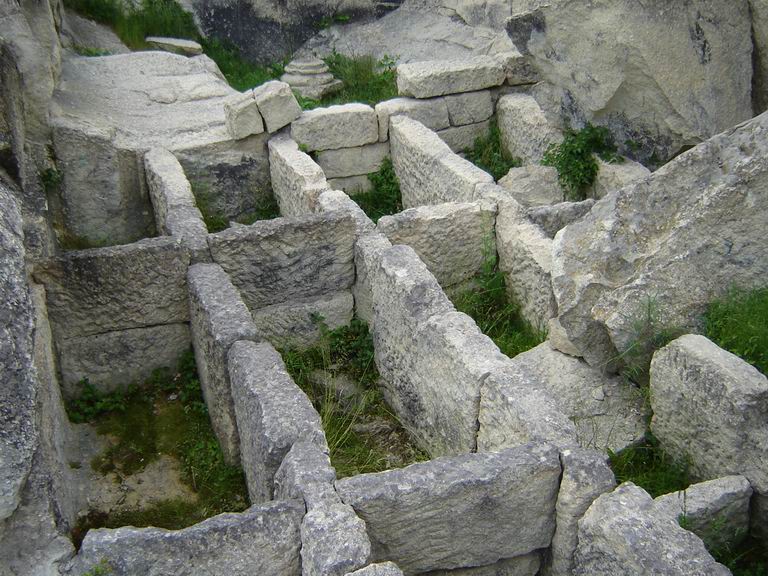
The Church (Cathedral)


According to ancient chronicles, two of the most fateful prophecies in the history of modern civilization were made here: the oracle of the Rodopi, which told fortunes with wine and fire, foretold Alexander the Great that that he shall conquer the world, and the Romans – that they shall become an empire spanning over the entire known world.
Now it lies in ruins but 2300 years ago the 23 years-old Alexander the Great came here to consult if his march towards Asia would succeed. After the prayer Alexander gave his gifts to the Gods, the priest poured wine into the open-air altar and kindled it.Next, even more incredible findings came out: open-air ruler’s throne - where no drop falls even in the strongest rain; treasury under ruler’s palace (from hills around Perperikon tones of gold had been mined for centuries), and … splendidly stone-carved Early Christian church pulpit. Probably, this pulpit was where fortress’ first bishop read the Bible in Thracian language! Unfortunately, the Sacred Book called Biblia Besica, has disappeared in Middle Ages.Today, we question if such a book has ever existed at all, and if it did, how and why did it disappear? What if somebody finds it? A prove for the existance of Thracian writing!






Tombs of the rulers.

The Church (Cathedral)

Last edited:



